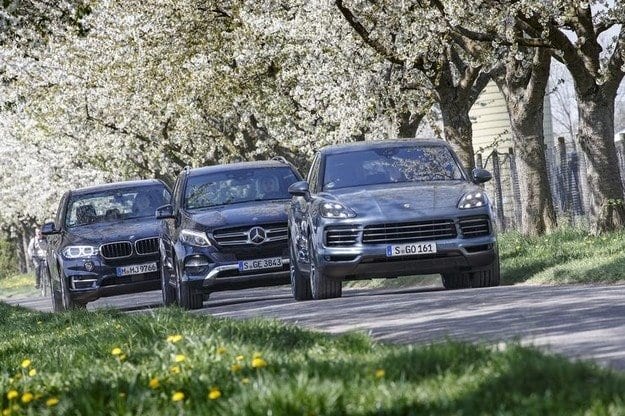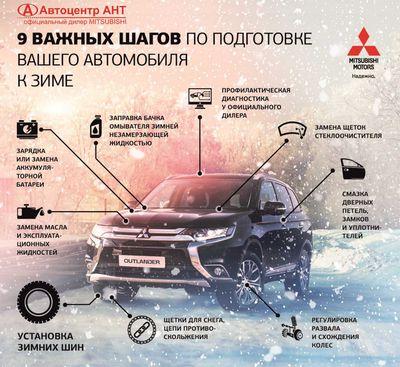
BMW X5, Mercedes GLE, Porsche Cayenne: great sport

Comparison of three popular high-end SUV models
With the new Cayenne, the SUV model that drives like a sports car returns to the scene. And not just like a sports car – but like a Porsche!! Is this quality enough for it to prevail over established SUVs? BMW and Mercedes? Let's see!
Naturally, we wondered if it was fair to contrast the new SUV model from the Zuffenhausen X5 with the GLE, whose successors will hit showrooms in just a few months. But as we know, when the lease expires and something new needs to arrive in the garage, the current supply is investigated, not what the future will bring.
This gave rise to the idea of this comparison, dictated by Porsche's decision to initially offer the Cayenne only with gasoline engines. As you know, before the great diesel crisis, SUVs of this class usually relied on self-igniting engines. However, we are now starting to test the six-cylinder petrol versions with more than 300 hp. and no less than 400 Nm of torque, at least on paper, not so badly equipped for the everyday life of universal tractors, touring cars and everyday driving.
BMW or aging
Introduced in 2013, the X5 has visited us many times – and has always left a positive impression. It is well known that its split rear cover is rather impractical in some situations and that if the rear seat backrests were reclining, it would increase comfort in the spacious rear as well as the benefits of a large head. up display (why isn't it on the GLE and even the new Cayenne?) and easy-to-learn, logically built function controls based on the iDrive system.
Therefore, we do not expect surprises when we enter Munich, where you sit almost as high as in the GLE. In addition, the visibility in the two older models is better than in the Cayenne with its wide C-pillars. This is important in narrow, multi-storey car parks, where a warning signal too early causes security cameras to provide uncertainty rather than help.
As usual, a little physical activity and lightness characterize communication with the largest BMW SUV model so far. In addition to sports seats with stable lateral support (991 lev.), 19-inch wheels for 2628 lev. And an adaptive chassis, including air suspension on the rear axle (3639 lv.), the test car has no other extras compared to the authoritative price. . And he does his job well - until an untidy road with waves, transverse joints and potholes falls under his wheels.
Then the X5 suddenly began to respond to uneven bumps with jerks and shakes with slow decaying rear axle movements after passing waves on the asphalt. This overshadows a good impression of comfort; the same is achieved through the combination of a relatively low-torque engine and an eight-speed automatic transmission, which is consistently praised for excellence.
Because while maximum torque is reached just above idle, 400 Newton meters isn't very much in terms of the masses that need to be set in motion; Even a little throttle on the motorway results in a downshift and an increase in engine speed that makes you feel an inner desire to hear the silky sound of yesteryear BMW six-cylinder engines.
For all its slalom and obstacle avoidance skills, even in terms of road dynamics, the X5 no longer feels completely modern - with a little more steering in tight corners, the car begins to slide the front wheels relatively early and quickly. falls into the clutches of overly long-acting electronics. The heir will probably be able to do all this much better - and it seems that his appearance should not be delayed.
Mercedes or maturing
For some strange reason, the Mercedes model lacks the feeling that it is time for something new. Okay, the dashboard architecture with the small navigation system monitor and seemingly overly decorated round speedometer controls are no longer up to current Mercedes standards. But the GLE seems self-sufficient, like a car built primarily for comfort and confident long-distance travel, which in its existence, which began in 2011 under the ML name, has never given up the opportunity to buy more. mature dynamics are expensive and thus add new features to your profile that are paramount for many.
In any case, the fourth GLE drifts between the pylons just one idea slower than the BMW representative, but also requires more work with the steering wheel, feels a little more inert when cornering and sways noticeably, although it has an anti-shake system that works with active stabilizers (Active Curve System, 7393 BGN). The brake pedal feel is a bit vague, but overall the performance of the optimized perforated disc system (along with some of the air suspension from the Technik package for € 2499 available in Bulgaria with the AMG line for BGN 6806) is quite decent.
Here we often use expressions like "and ... and" - which always happens when it comes to the merits of a classic SUV model. Despite some noise in the chassis, the GLE soaks up bumps well, the seats are darn comfortable except for the weak lateral support in the rear, the engine and transmission provide excellent double passes without much up and down shifting and without much front noise.
For long highway speeds, Mercedes is the best choice, the leader in support systems and surprisingly good value for money. Only in terms of fuel consumption there is something to be desired.
Porsche or all in one
Here the 12,1 l / 100 km Porsche model offers the best value for money. And she's not alone in this comparative test. The Cayenne accelerates best, outperforms its competitors in road performance tests and brakes best. At the top level are also adaptive sports seats and an integrated seat, giving the feel of a luxury sedan or even a coupe. Driving impressions are similar.
The Cayenne didn't even think about understeer, but ate corners without a trace, regardless of their appearance, and with undisguised pleasure. And yes – in terms of suspension comfort, it gets the same points as a soft-drive Mercedes, albeit with a firmer set-up. For what? Because it's what his customers expect from his Cayenne, and because of its contact with the road, it penetrates the cabin just enough for the infamous "Porsche feel". But the price of this all-in-one package, including comfort, excellent brakes and hitherto unattainable maneuverability, is high: all-wheel steering (4063 lev.), Air suspension (7308 lev.), 21-inch wheels with extra-wide tires in different sizes front and rear (6862 5906 lev.), as well as brake discs with a layer of tungsten carbide Porsche Surface Coated Brake (PSCB) for 24 lev. In total, over BGN 000 XNUMX.
It no longer matters that various off-road modes are on board as standard, as is a sliding three-seater rear seat. Cayenne is a wonderful, but extremely expensive pleasure.
The customer will have to put up with some shortcomings only in the drive path, because in most cases, after a cold start, the machine shifts gears quite hard. And since even in normal mode it always starts in first gear, in slow motion with frequent starts and stops, here you can feel the long-forgotten effect of impacts on old diesels - only without a rough lifting of the body for a while.
All of this, albeit against the backdrop of often painful costs for optional equipment, sounds like a Porsche victory in the test. Like the competition, its engine makes us regret the powerful trust of the diesel units, although it sounds engaging and motivating. But in the end it turns out differently, because the sports brand with its characteristic wide front end does not offer many of the support systems that have long been installed in other models of the concern. For a Cayenne aficionado (which is very easy to do), this may not matter. But this reduces the advantage in assessing quality, which can offset the loss in value.
1. MERCEDES
GLE wins quietly at home. This is a car for classic SUV buyers, it shines with many support and comfort systems, as well as a surprisingly low price.
2. BMW
In this environment, the X5 seems like a compromise - not as comfortable as the GLE, and not as dynamic as the Cayenne. Its engine inspires the slightest sense of confidence.
3. PORSCHE
Comfortable and dynamic, spacious and functional, the Cayenne cannot win. Because there are few assistants for comfort and safety, and the price is incredibly high.
Text: Michael Harnishfeger
Photo: Ahim Hartmann

